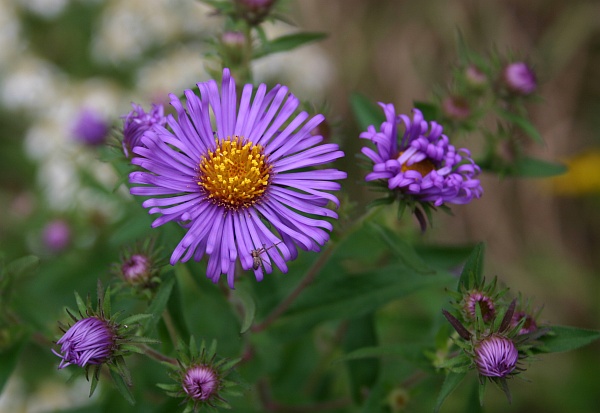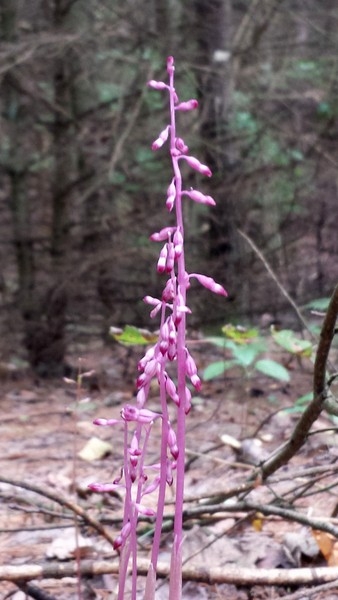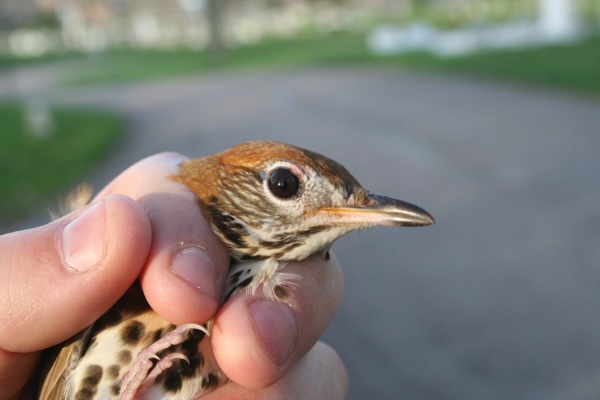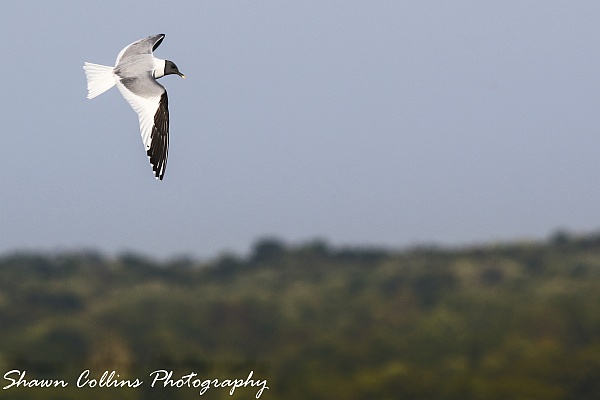
A rare gull showed up at the Pymatuning spillway last Friday in Crawford County, Pennsylvania. Thanks to Mark Vass’s report and the gull’s three day stopover, many birders saw this beautiful Sabine’s gull.
Named for Edward Sabine(*) who first noted the bird in Greenland in 1818, adults in breeding plumage are easy to identify with dark gray hoods, yellow-tipped black bills, notched tails, and triangles of black-white-gray on their upper wings. As you can see in Shawn Collins’ photos, this one is an adult.
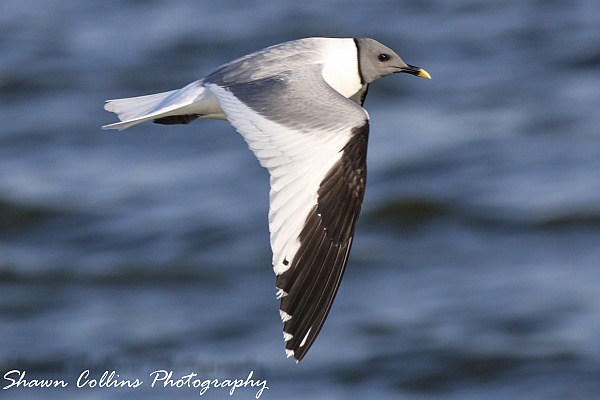
What a cooperative bird!
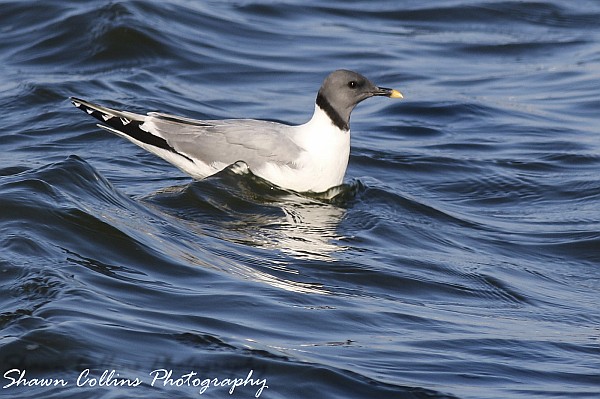
Sabine’s gulls breed on the tundra at the top of the world in Alaska, Canada, Greenland, Scandinavia and Russia. Their breeding and dietary habits are so unusual that they’re alone in their genus: Xema sabini. They call, fly, and court like terns. Their chicks fledge before fully feathered like terns, but are precocial like shorebirds. In the Arctic, adults and juveniles feed on the mudflats like shorebirds yet they live on the open ocean most of their lives.
As soon as breeding is over Sabine’s gulls leave for the southern hemisphere, covering 7,500 to 9,000 miles as they make their way to coastal upwelling currents near South America and Southern Africa. Most migrate offshore, especially the juveniles, but a few cross the continent. In North America the western group winters at the Pacific’s Humboldt Current while those who breed in eastern Canada and Greenland cross the Atlantic to winter at the Benguela Current near the southern coast of Africa.
Though unusual, this bird was not off course. He knows the Humboldt Current is due south of Hudson Bay. He was taking a shortcut.
(photos by Shawn Collins)
* Sabine is pronounced “SAB ine” where SAB rhymes with “cab” and “ine” rhymes with “wine.” For a complete (and light-hearted) list of bird-name pronunciations see Kevin McGowan’s list here.





